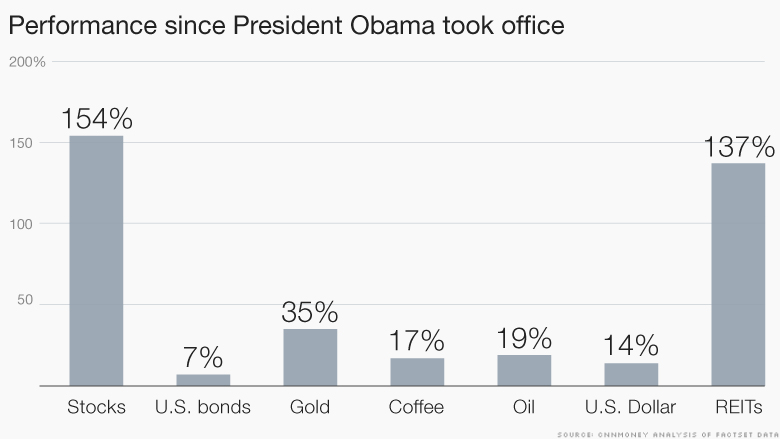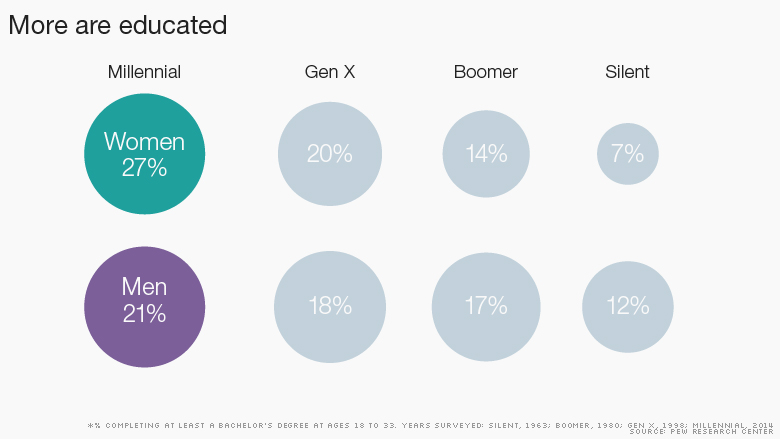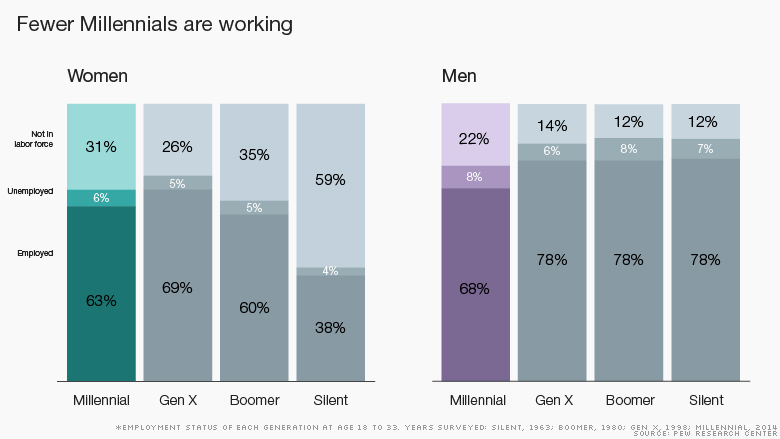
Some are even willing to commit visa fraud, lie to immigration officers and pay tens of thousands of dollars to shady middlemen -- as long as the payoff is a U.S. passport for their newborn.
An underground "birth tourism" network that stretches from the U.S. to China has sprung up to cater to growing numbers of Chinese mothers who travel stateside to give birth, according to affidavits filed by federal law enforcement officers. The moms are lured by laws that grant U.S. citizenship to anyone born on American soil.
Department of Homeland Security agents carried out a series of "birth tourism" raids earlier this month as part of a larger criminal investigation targeting companies in California that have netted millions helping pregnant Chinese women fraudulently secure visas and scam hospitals.
Related: Why Chinese moms want American babies
Documents made public as part of the investigation shed light on the lengths that expectant Chinese mothers are willing to go for an American baby. Here's a look at some of the tactics:
Lie on your visa application
Pregnant women from China are allowed to vacation in the U.S., after securing a travel visa from the U.S. government. But if someone misrepresents the reason for visiting, that's visa fraud.
DHS documents describe one Chinese woman, and her partner, who claimed to be traveling to the U.S. for tourism on their visa application. A U.S. consular officer concluded after an interview that they were "credible tourists" traveling for fun, according to DHS.
On the visa application, the woman even put a Los Angeles hotel as the address where she would be staying. But she later listed a different one on a U.S. passport application for her newborn. That second address was for a unit in a high-end Irvine, California apartment complex where one birth tourism company had rented a number of homes, according to DHS.
The company that used the apartments, You Win USA, was one of three targets in the DHS raids carried out early March. DHS is investigating the people who run You Win, and similar businesses, for alleged visa fraud, tax evasion, failure to report overseas assets and scamming hospitals.
DHS spokeswoman Virginia Kice said no criminal charges have yet been filed, and no arrests made. DHS is reviewing evidence seized during the raids and statements from witnesses.
You Win recommended moms who wanted to give birth in the U.S. apply for tourist visas far in advance to avoid detection by U.S. authorities, and even coached clients how to lie in their interview, according to DHS documents.
Over the past two years, You Win's alleged visa fraud scheme resulted in more than 400 births at just one California hospital, Fountain Valley Regional. The hospital didn't respond to a request for comment.
 The federal government carried out a series of raids in early March on maternity hotels.
The federal government carried out a series of raids in early March on maternity hotels. Leave without paying hospital bills
Some You Win clients allegedly defrauded hospitals by not paying what they owe. They "either fail to pay anything or pay a greatly-reduced amount designed for indigent or low income patients lacking insurance," according to DHS.
Records obtained by the agency show the couple found to be "credible tourists" paid only $4,080 of a $28,845.29 medical bill from the California hospital where their child was born. The expectant Chinese mother told the hospital that she was unemployed -- though she had listed a job on her original visa application.
DHS documents suggest the couple could have afforded to pay the full bill. They opened a Citibank account within weeks of arriving in the U.S. last February, and wired over $200,000 from China into the account. Plus, numerous charges were made from the account over the course of three months at places like the Wynn Las Vegas Hotel, Bose, Rolex in Costa Mesa and Louis Vuitton in Beverly Hills.
Sail past immigration at the airport
In an undercover investigation, DHS found that You Win employees not only prep moms to pass the visa interview, but also train them to clear immigration once they arrive. "The earlier the better, in order to conceal the pregnancy," one You Win agent said, according to government documents.
 A cartoon posted on You Win's website shows a pregnant mom entering the U.S. on the left, and returning to China on the right with her American baby.
A cartoon posted on You Win's website shows a pregnant mom entering the U.S. on the left, and returning to China on the right with her American baby. You Win even suggested that moms fly from China to places like Hawaii before connecting to Los Angeles -- where immigration security is tighter.
California, in particular, is popular with Chinese moms -- they have their pick of maternity hotels, and if their ties to the state deepen over time, the children may be eligible for lower tuition rates at University of California schools.
According to the federal affidavits, You Win clients pay up to $60,000 for the company's services. These firms often also line up chauffeurs, meals, translators and sightseeing trips.
The long run
Once moms get a U.S. passport for their kid, they essentially have a ticket out of China if they grow weary of pollution, food safety scares and political volatility. At 21, American-born children can apply to sponsor their parents for residency in the U.S.
While other foreigners also come to the U.S. for the sole purpose of giving birth, the Chinese appear to be the only group willing to pay high sums for the services of these birth tourism companies.
Following the raids carried out by DHS agents, websites linked to You Win were taken offline. Multiple calls to numbers DHS linked to the company were unsuccessful. At least one of the phone numbers has been disconnected.
CNNMoney (Hong Kong) March 30, 2015: 8:46 PM ET
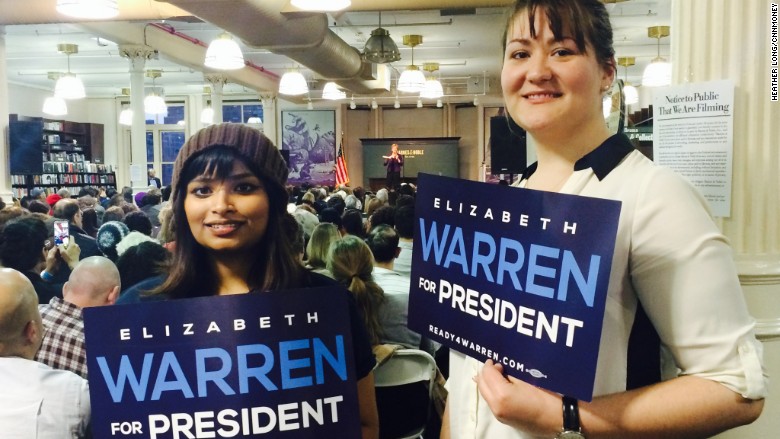 Moumita Ahmed, left, and Emiljana Ulaj hold signs urging Elizabeth Warren to run for president at an event on March 30, 2015 where the senator spoke.
Moumita Ahmed, left, and Emiljana Ulaj hold signs urging Elizabeth Warren to run for president at an event on March 30, 2015 where the senator spoke. 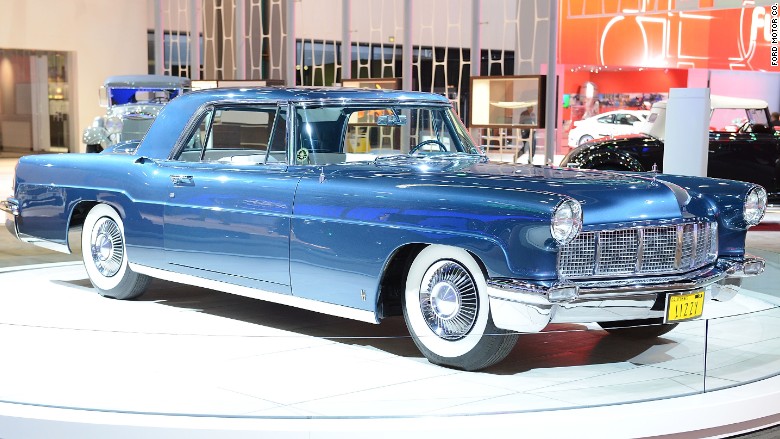 In the 1950s, Continental was a separate brand offering opulent ultra-luxury cars like this Mark II.
In the 1950s, Continental was a separate brand offering opulent ultra-luxury cars like this Mark II. 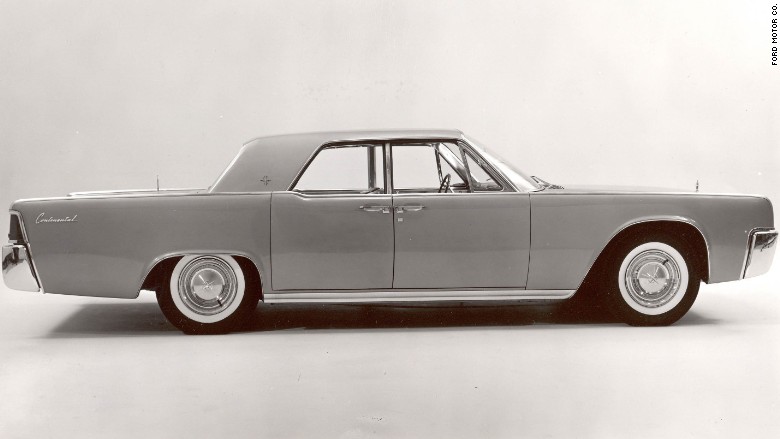 The 1961 Lincoln Continental was a styling icon for its era.
The 1961 Lincoln Continental was a styling icon for its era. 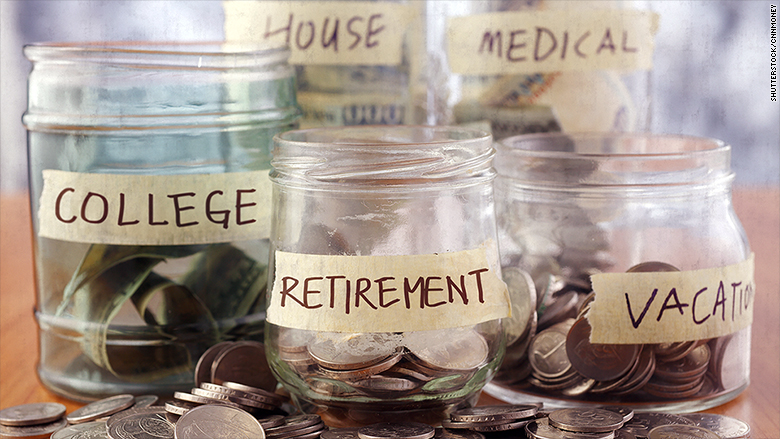 For many of us, it's time to step up our savings plan.
For many of us, it's time to step up our savings plan. 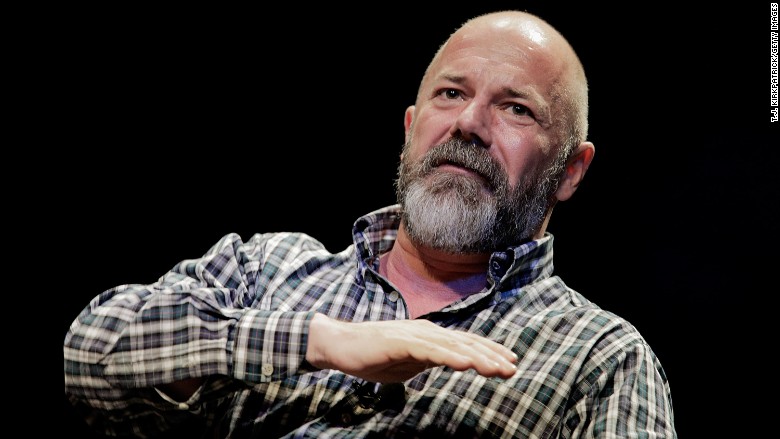
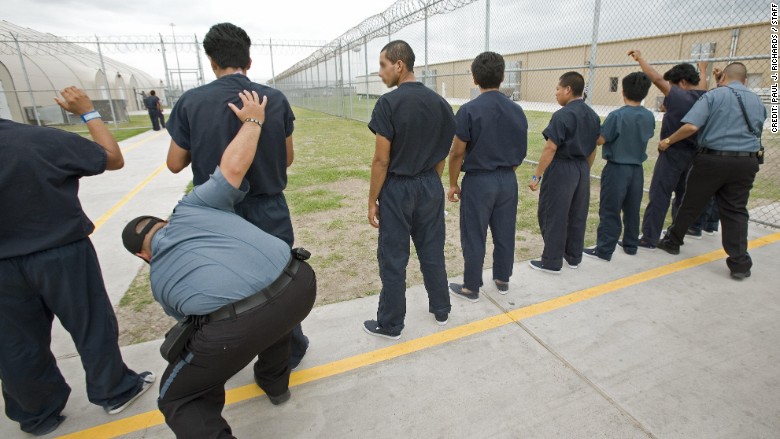 Guards search male detainees inside Homeland Security's Willacy Detention Center, a facility with 10 giant tents that can house up to 2000 detained undocumented immigrants, 10 May 2007 in Raymondville, Texas.
Guards search male detainees inside Homeland Security's Willacy Detention Center, a facility with 10 giant tents that can house up to 2000 detained undocumented immigrants, 10 May 2007 in Raymondville, Texas. 
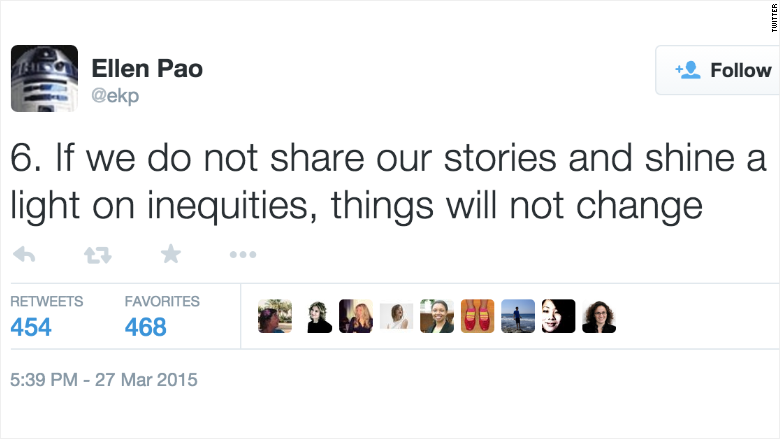
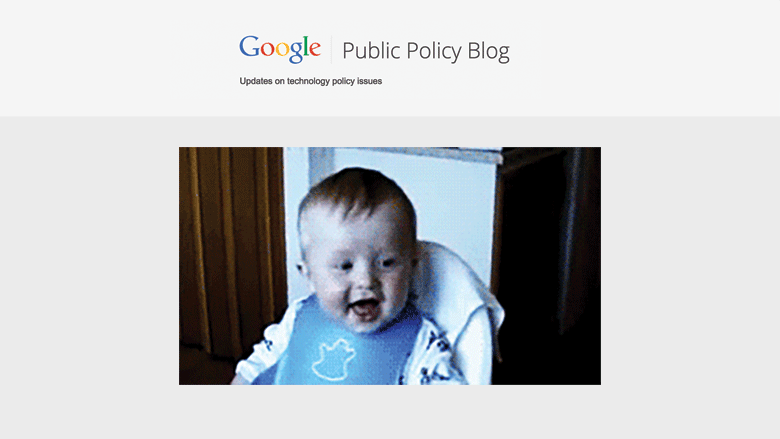












 The California T is the most popular model for first time Ferrari buyers.
The California T is the most popular model for first time Ferrari buyers.  Only 10 Ferrari F60 Americas were built and all were sold even before the car was revealed to the public.
Only 10 Ferrari F60 Americas were built and all were sold even before the car was revealed to the public.  This Ferrari race car sold for $38 million.
This Ferrari race car sold for $38 million. 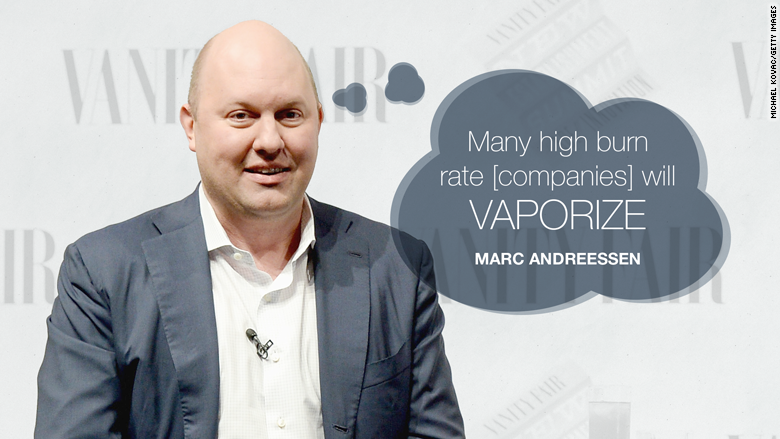
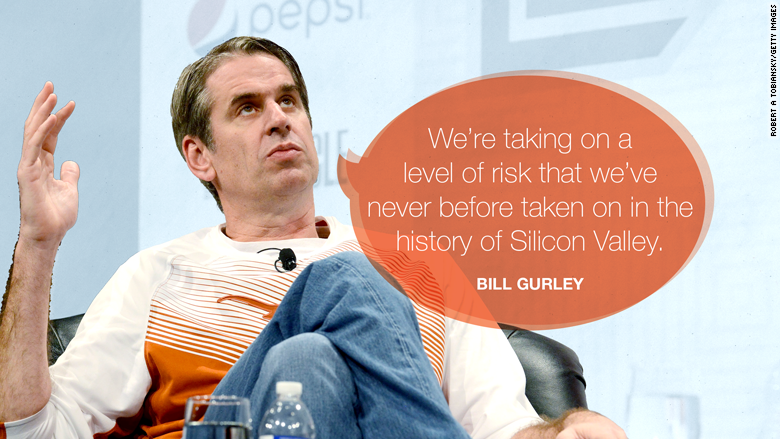
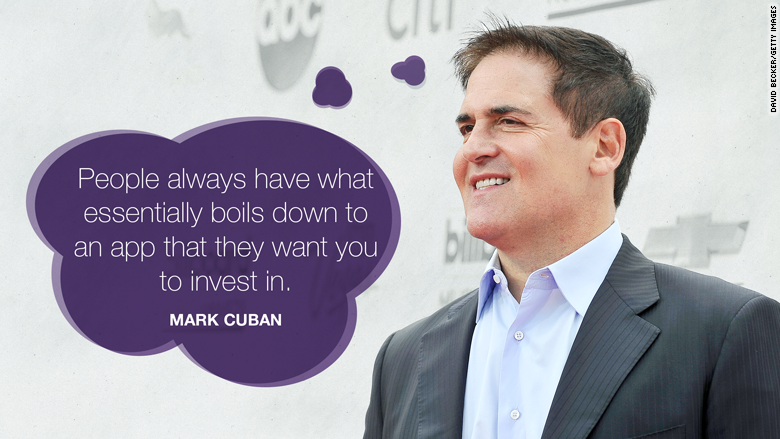
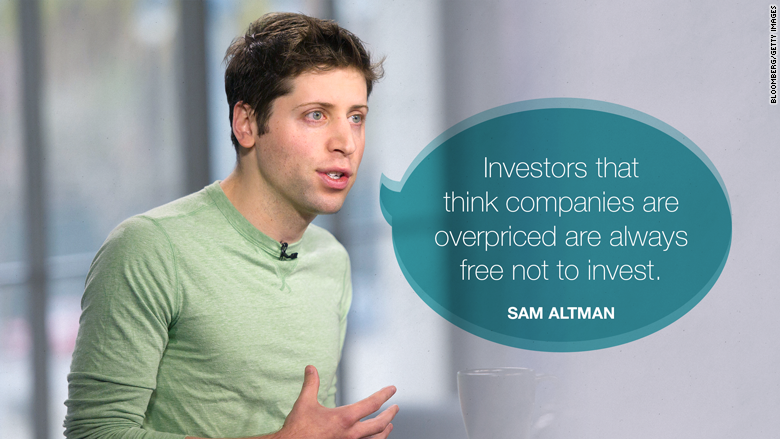
 Chattanooga, Tennessee, where the Internet is fast.
Chattanooga, Tennessee, where the Internet is fast. 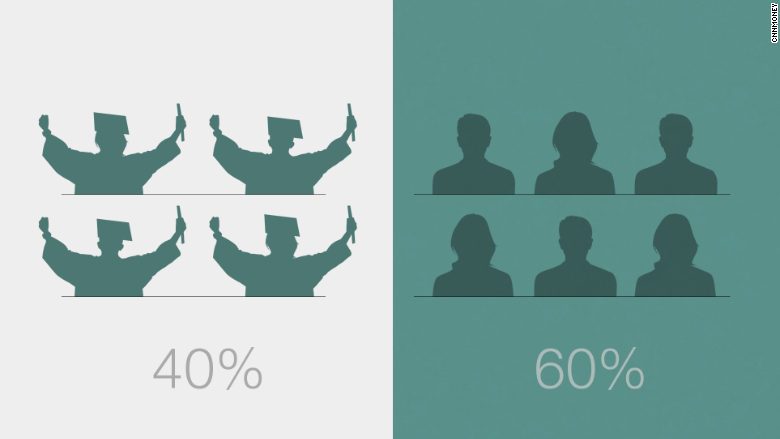 Only 40% of middle-class college entrants who were high school seniors in 2004 had secured bachelor's degrees by 2012, according to the Department of Education.
Only 40% of middle-class college entrants who were high school seniors in 2004 had secured bachelor's degrees by 2012, according to the Department of Education. 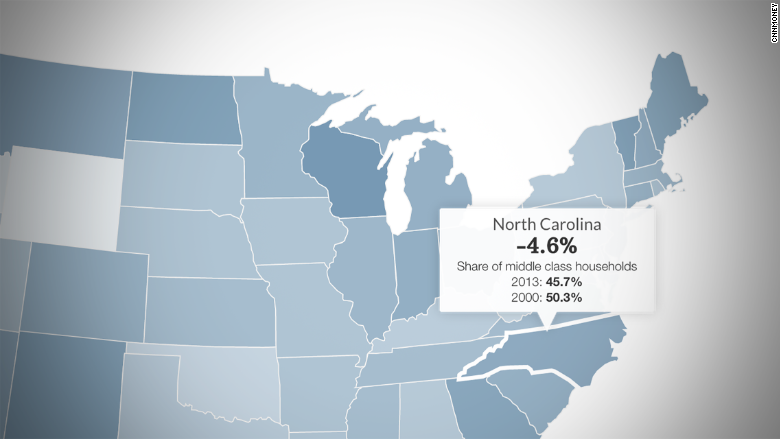 Click on the map above to see how much smaller the middle class is in your state.
Click on the map above to see how much smaller the middle class is in your state. 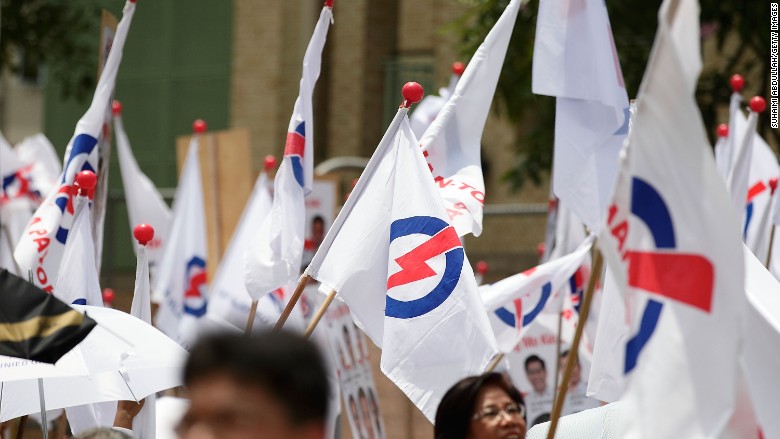 A rally for Singapore's ruling party, the People's Action Party, previously led by Lee.
A rally for Singapore's ruling party, the People's Action Party, previously led by Lee.  A new app from Instagram called Layout lets you make collages of photos.
A new app from Instagram called Layout lets you make collages of photos.  An attendant on a Leap Transit luxury bus in San Francisco makes sure passengers are taken care of and serves refreshments.
An attendant on a Leap Transit luxury bus in San Francisco makes sure passengers are taken care of and serves refreshments. 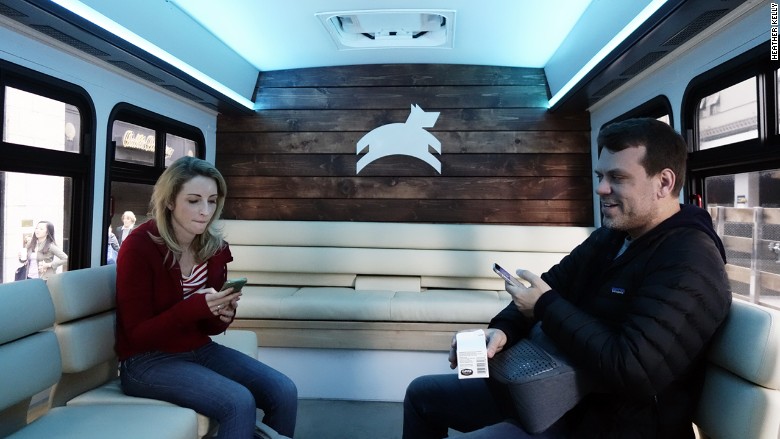 Elizabeth Rice and Peter Roessler check their smartphones while riding the new Leap Transportation bus to work in San Francisco.
Elizabeth Rice and Peter Roessler check their smartphones while riding the new Leap Transportation bus to work in San Francisco. 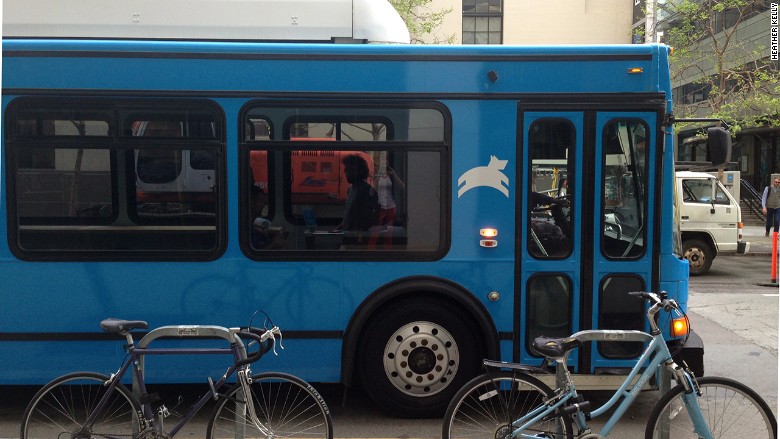 Leap's new luxury buses are painted bright blue and go from the Marina to downtown San Francisco.
Leap's new luxury buses are painted bright blue and go from the Marina to downtown San Francisco. 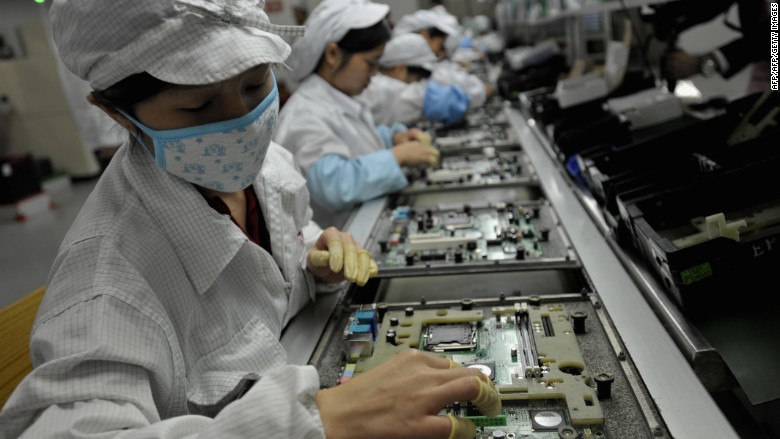 China's factory activity is slumping adding to growth concerns.
China's factory activity is slumping adding to growth concerns. 